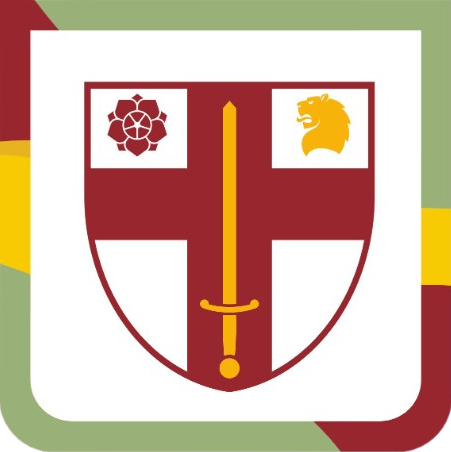Maths
Year 12 Mathematics
Aims and Purpose/Intent
Mathematical Argument, Language & Proof
- To construct and present mathematical arguments through appropriate use of diagrams; sketching graphs; logical deduction; precise statements involving the correct use of symbols and connecting language.
- Understand and use mathematical language and syntax fluently, including for set notation, inequalities and calculus.
- Comprehend and critique mathematical arguments, proofs and justifications of methods and formulae, including application of skills.
Mathematical Problem Solving
- Recognise the underlying mathematical structure in a situation and simplify and abstract appropriately to enable problems to be solved.
- Construct extended arguments to solve problems presented in an unstructured form, including problems in context.
- Interpret and communicate solutions in the context of the original problem.
Mathematical Modelling
- Translate a situation in context into a mathematical model, making simplifying assumptions.
- Use a mathematical model with suitable inputs to engage with and explore situations.
- Interpret the outputs of a mathematical model in the context of the original situation.
Content Summary
Advanced Algebra
- Use of indices and surds; algebraic manipulation
- Solving simultaneous equations and inequalities
- Sketch, interpret and manipulate graphs of functions
- Coordinate geometry in the x,y plane
- Binomial expansion and estimation
Advanced Geometry
- Use of trigonometric ratios to solve problems
- Use of the sine/cosine rules to solve problems
- Introduction to trigonometric identities
- Use of trigonometric identities to solve problems
- Applications of vectors in 2D
Calculus
- Introduction to differentiation and its purpose
- Use of differentiation to solve problems
- Introduction to integration and its purpose
- Use of integration to find areas between lines and curves
Statistics & Probability
- Use of sampling techniques to gather and analyse data
- Use of statistical tools to group and analyse data
- Construct various visual representations of data
- Probability, including the use of Venn and tree diagrams
- Binomial statistical models and distributions
- How to perform a hypothesis test
Mechanics
- Mechanical models, and necessary assumptions made
- Constant acceleration (kinematics) situations (using SUVA)
Year 13 Mathematics
Aims and Purpose/Intent
Mathematical Argument, Language & Proof
- To construct and present complex mathematical arguments through the correct use of symbols and connecting language.
- Understand and use mathematical language and syntax fluently, including for set notation, inequalities, functions and advanced calculus.
- Comprehend and critique mathematical arguments, proofs and justifications of methods and formulae, including application of skills.
Mathematical Problem Solving
- Recognise the underlying mathematical structure in a situation and simplify and abstract appropriately to enable problems to be solved.
- Understand that many mathematical problems cannot be solved analytically, but numerical methods permit solution to a high level of accuracy.
- Understand, interpret and extract information from diagrams and construct mathematical models and diagrams to solve problems
Mathematical Modelling
- Translate a situation in context into a mathematical model, making simplifying assumptions, and understand the consequences of such assumptions.
- Use and refine mathematical models with suitable inputs to engage with and explore situations.
- Interpret the outputs of a mathematical model in the context of the original situation.
Content Summary
Advanced Algebra
- Algebraic and partial fractions methods
- Use of functions, graphs and introduction to modulus
- Sequences and series, including arithmetic, geometric, recurrence relations and sigma notation
- Further binomial expansion and estimation
Advanced Geometry
- Introduction to radians
- Introduction to functions and graphs of sec, cosec and cot
- Use of further trigonometric identities to solve problems
- Applications of vectors in 3D
Calculus
- Use of further differentiation to solve problems
- Use of further integration to find areas between curves
Numerical Methods
- Use of Newton-Raphson process to estimate solutions
- Use of Iterative process to estimate solutions
- Use of the Trapezium rule to estimate areas
Statistics & Probability
- Correlation and regression (both linear and non-linear), including hypothesis testing for zero correlation
- The normal distribution, including calculator methods
- Hypothesis testing for the normal distribution
Mechanics
- Mechanical models, and necessary assumptions made
- Using moments to model situations involving turning
- Forces and motions on an object, on an incline
- Further use of kinematics: projectiles in two directions

